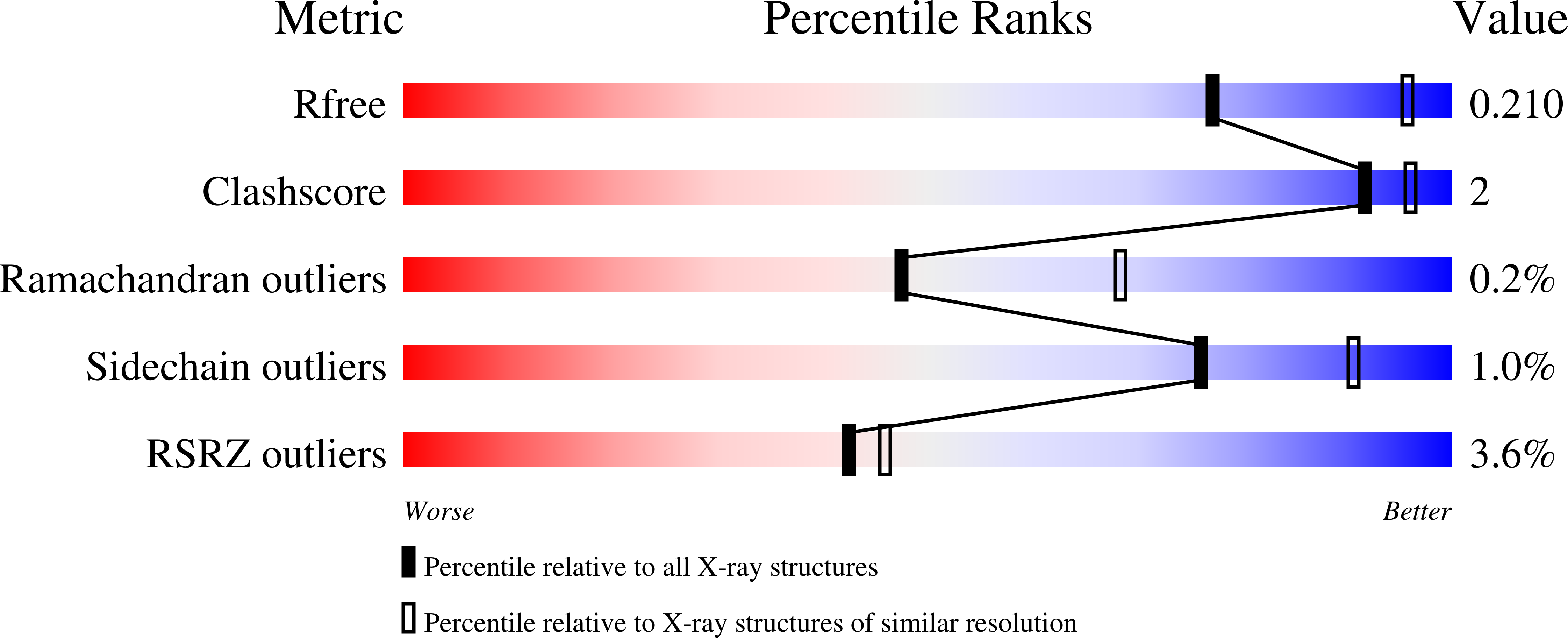
Deposition Date
2020-09-28
Release Date
2021-09-08
Last Version Date
2024-01-31
Entry Detail
PDB ID:
7AJ0
Keywords:
Title:
Crystal structure of PsFucS1 sulfatase from Pseudoalteromonas sp.
Biological Source:
Source Organism:
Pseudoalteromonas sp. MB47 (Taxon ID: 2588452)
Host Organism:
Method Details:
Experimental Method:
Resolution:
2.50 Å
R-Value Free:
0.21
R-Value Work:
0.17
R-Value Observed:
0.17
Space Group:
P 21 21 21


